Dhaka, July 10 (V7N) – The quota reform movement, which began in July 2017, reached a new peak on Wednesday (July 10) as students across the country intensified their protests under the banner of the "Bangla Blockade". The program, now in its fourth consecutive day, expanded from the morning through evening, disrupting traffic and railway operations in Dhaka and several other cities.
Amidst the rising momentum of the protests, the Appellate Division of the Supreme Court issued a status quo order on the quota cancellation verdict. However, student leaders swiftly rejected the court order, emphasizing that their demand was directed at the executive branch. Protesters reiterated their position that quotas in first and second-class government jobs should be limited to a maximum of 5%.
Widespread Protests in Dhaka
Protests reached a boiling point in Shahbagh, where demonstrators gathered after breaking through police barricades. Key intersections including Intercontinental, Bangla Motor, Karwan Bazar, Farmgate, and Agargaon were blocked. Students staged sit-ins, recited protest songs and poems, and provided regular updates from the ground.
Support poured in from multiple institutions — students from Dhaka College and Eden College blocked Science Lab intersection, while students of Jagannath University rallied from Roy Saheb Bazar to Zero Point in Old Dhaka. Protests also erupted in Rampura, Mohakhali, Matsya Bhaban, and on the elevated expressway, effectively bringing major parts of the capital to a standstill.
Railway and Road Blockades Beyond Dhaka
Outside the capital, the movement gained further traction. In Chattogram, students blocked key roads and rail tracks, while Jahangirnagar University students shut down the Dhaka-Aricha highway. In Mymensingh, students of Bangladesh Agricultural University obstructed the Dhaka-Mymensingh railway line. Protesters at Rajshahi University marched and gathered in front of the Senate Building, while students in Rangpur joined in solidarity.
Government Response and Public Reaction
Several government ministers and lawmakers called on students to return to classes, warning that prolonged disruption could lead to public suffering. The Chief Justice also urged students to halt their protests in light of the Supreme Court’s status quo directive.
However, the students remained firm, demanding immediate executive action and the formation of a quota reform commission. Their united voice echoed from every district, with protesters declaring that their cause was beyond legal proceedings — it was a movement for merit, justice, and equality.
The protests have effectively paralyzed portions of the transport system and further intensified political pressure on the administration to resolve the issue.
END/RH/AJ



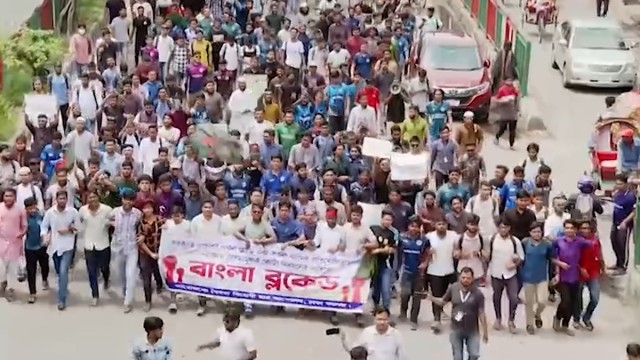
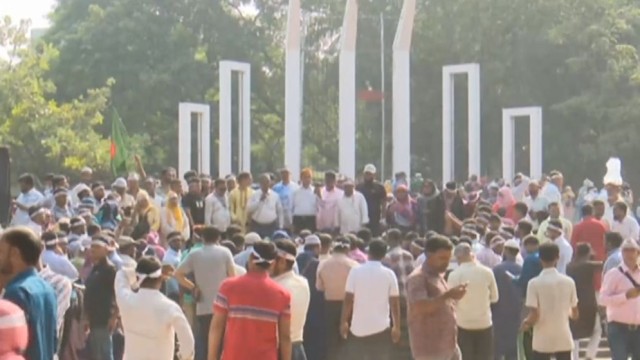
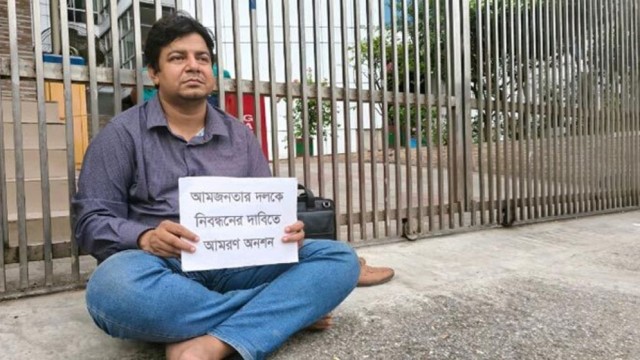

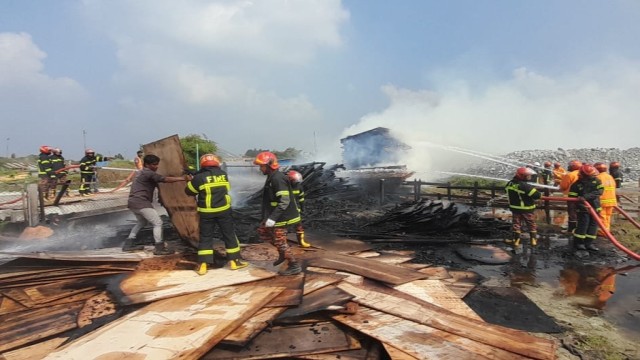

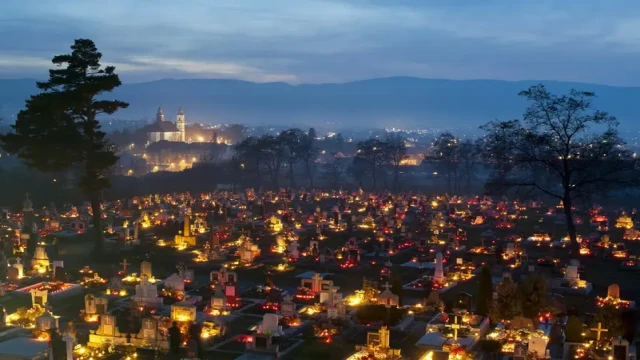
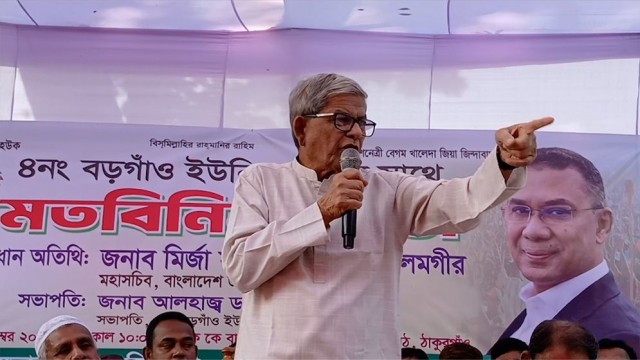
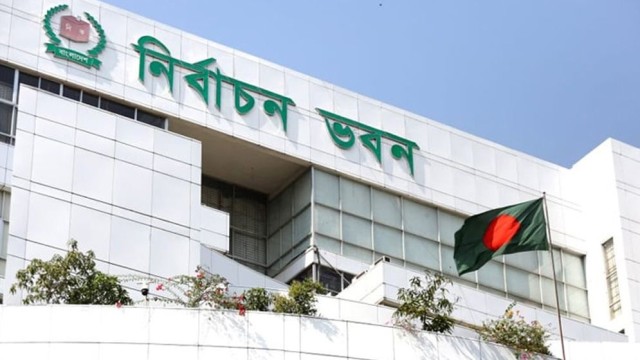
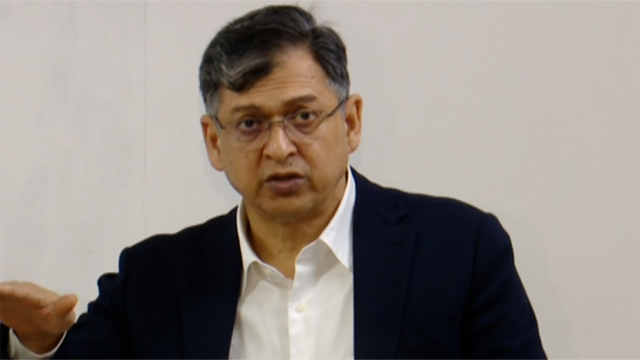
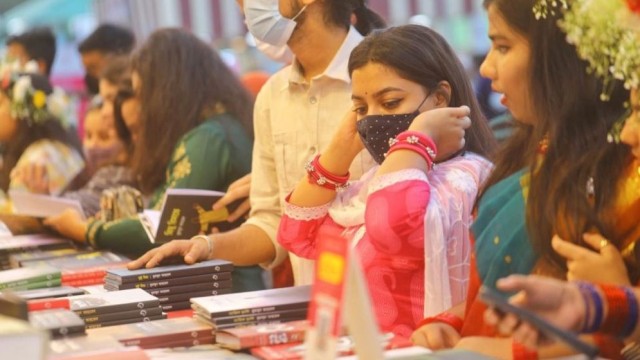
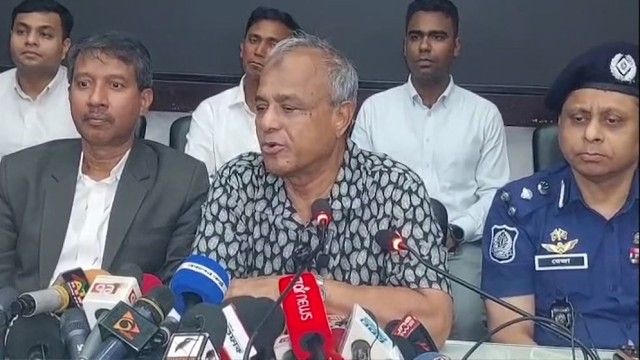
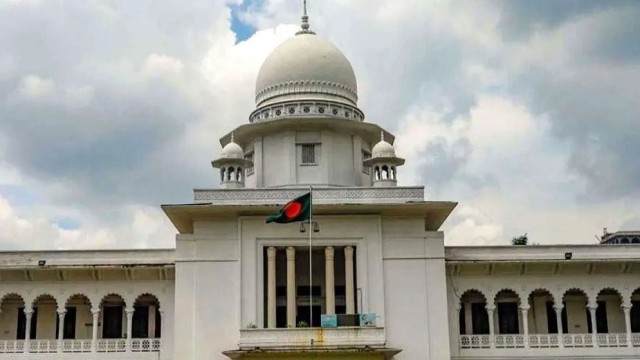
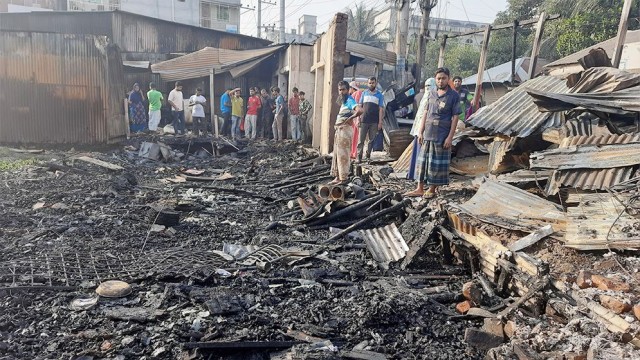
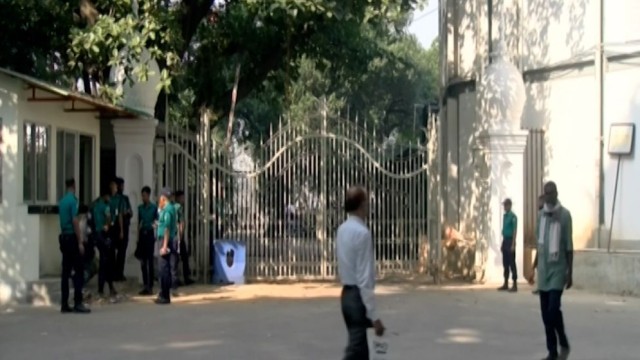
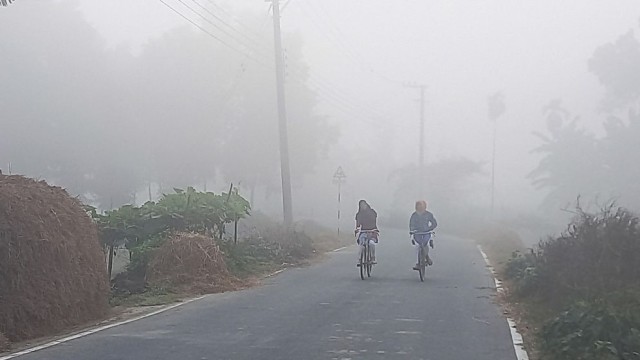
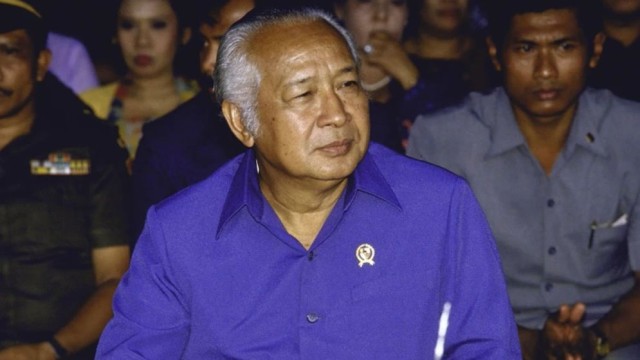


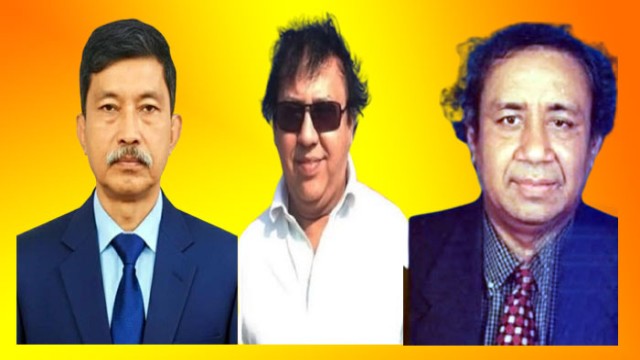
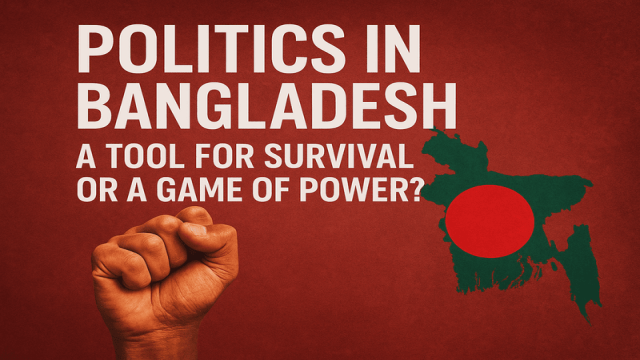
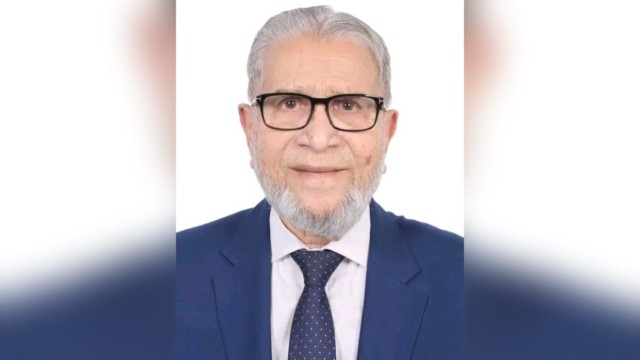
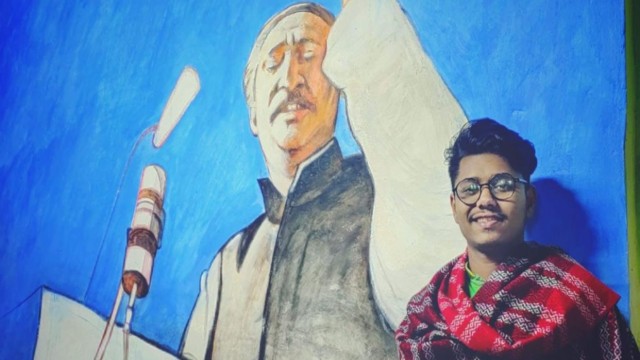
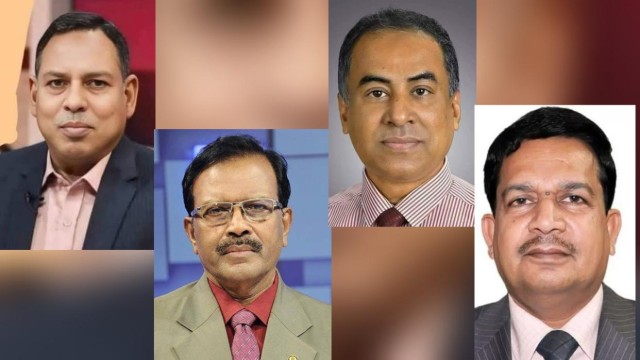
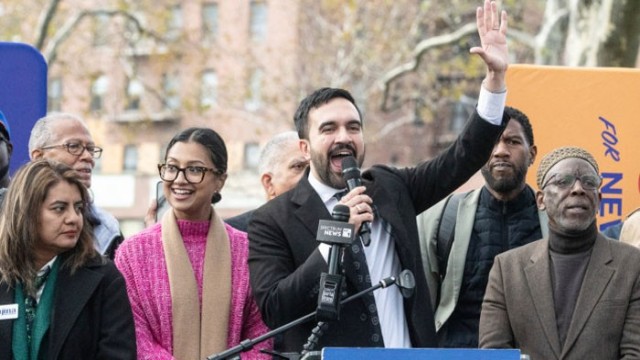
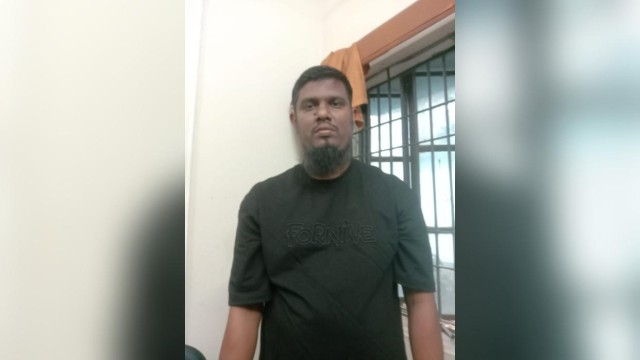

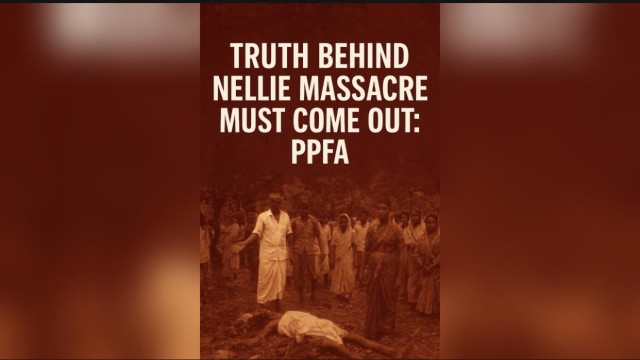
Comment: